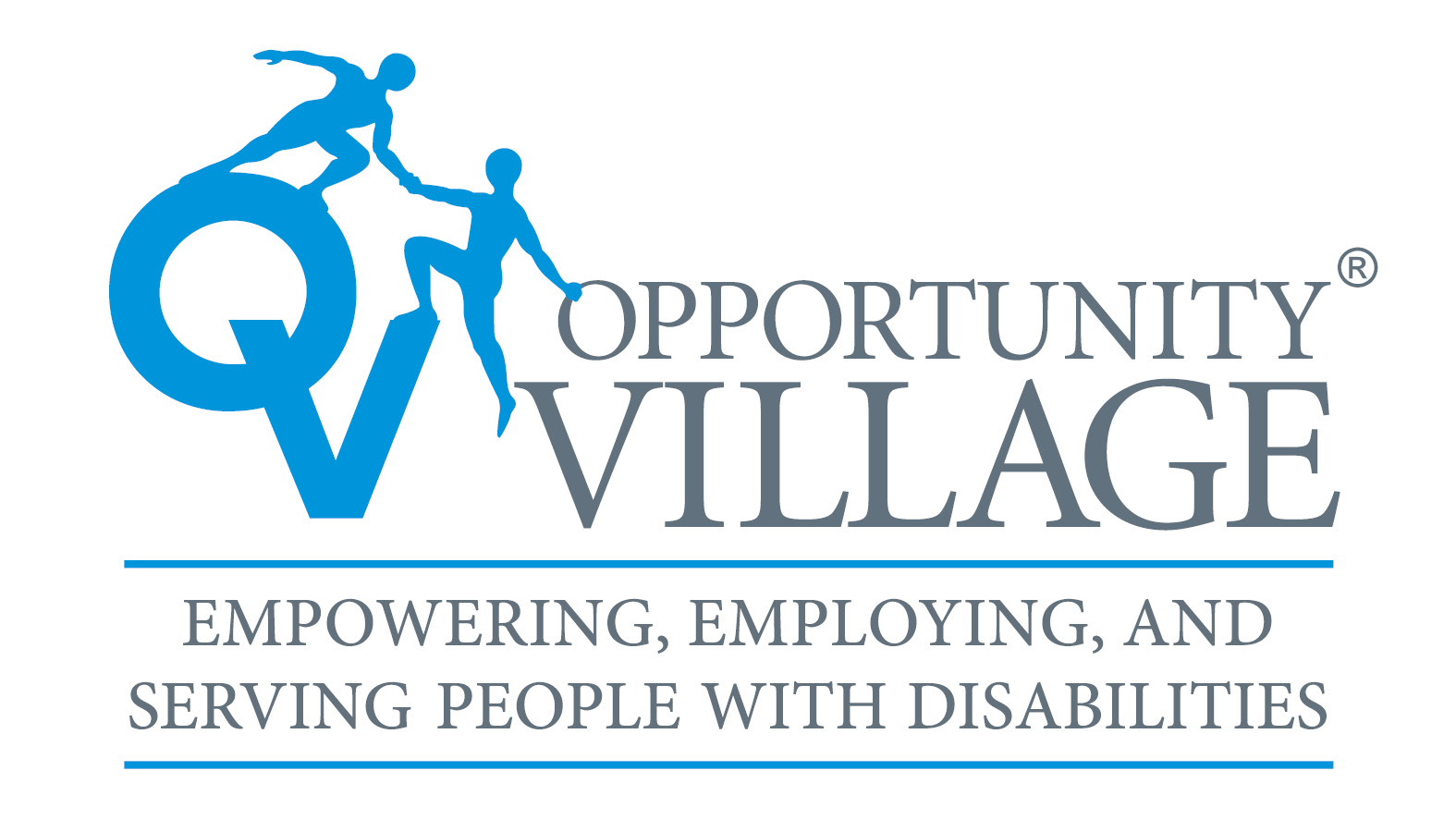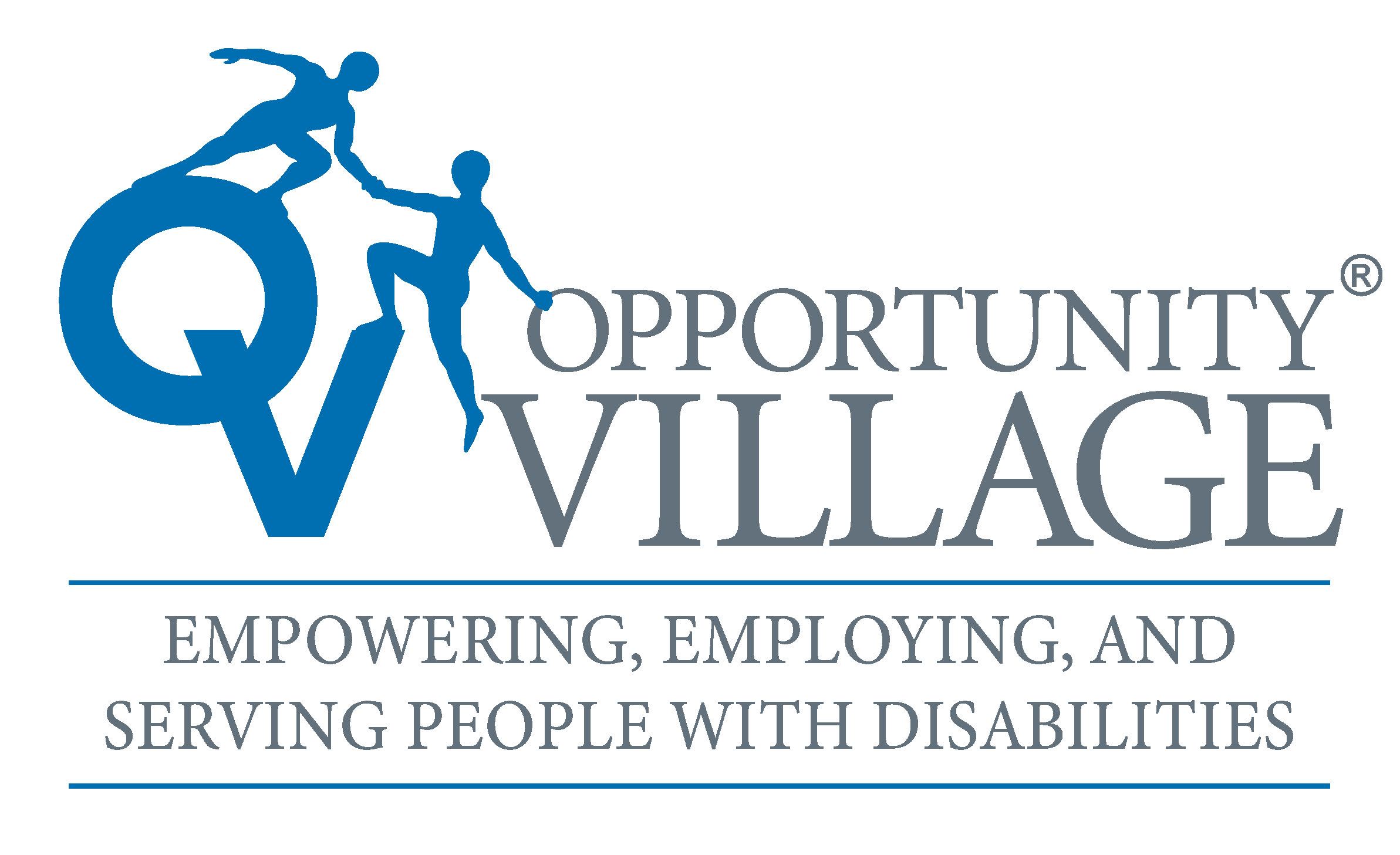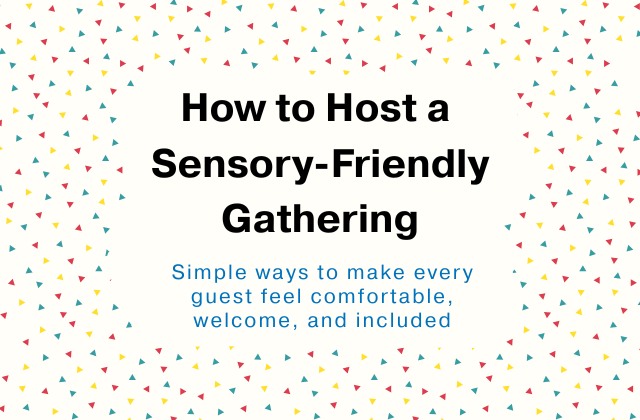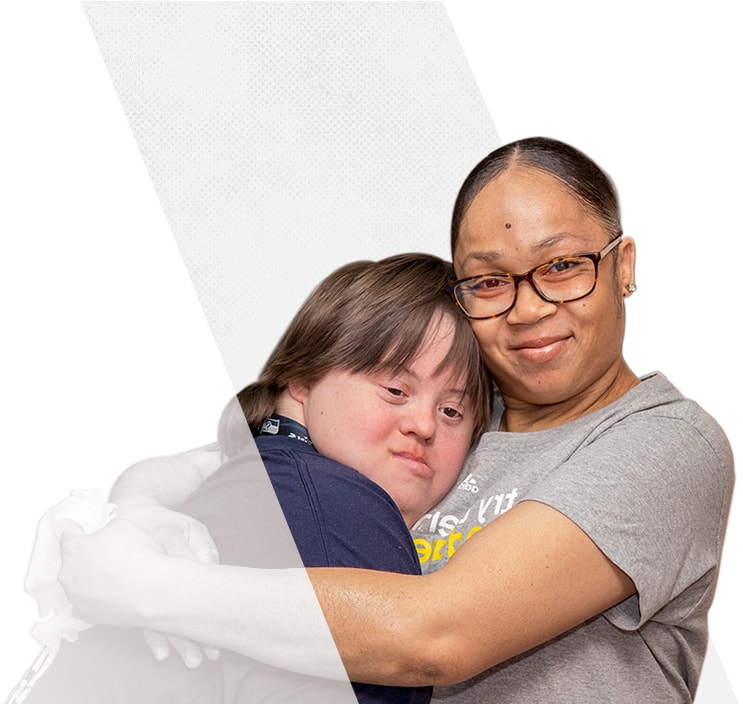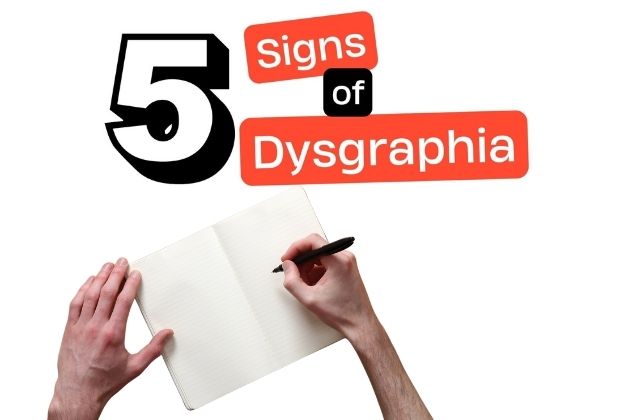
Dysgraphia is a learning disability that affects your writing abilities. It can interfere with everything from handwriting to spelling and organization of written work.
A 2011 study estimated 10-30% of children experience difficulty with writing, though a 2020 study found the exact prevalence depends on the definition of dysgraphia. Many cases remain unidentified.
In this guide, we’ll explore the common signs of dysgraphia and the impacts of this developmental disorder in depth, along with ways to get help.
Signs of Dysgraphia in Children
Five main signs can indicate your child is struggling with dysgraphia.
1. Difficulties forming or spacing letters: Children may have uneven letter sizes and shapes or inconsistent spacing.
2. Struggling to hold and control a writing tool: Indicators include awkward pencil grip and discomfort when writing.
3. Difficulties writing in a straight line: Challenges with visual-spatial skills can make it hard to align text correctly.
4. Trouble with case and punctuation usage: Children might exhibit confusion over when to use uppercase letters and proper punctuation.
5. Inconsistent spelling of the same words: This sign is particularly telling, indicating struggles connecting letters and sounds.
Other signs include poor fine motor coordination, slow writing speed, misusing verbs and pronouns, incorrect sentence word order, and struggling with grammar.
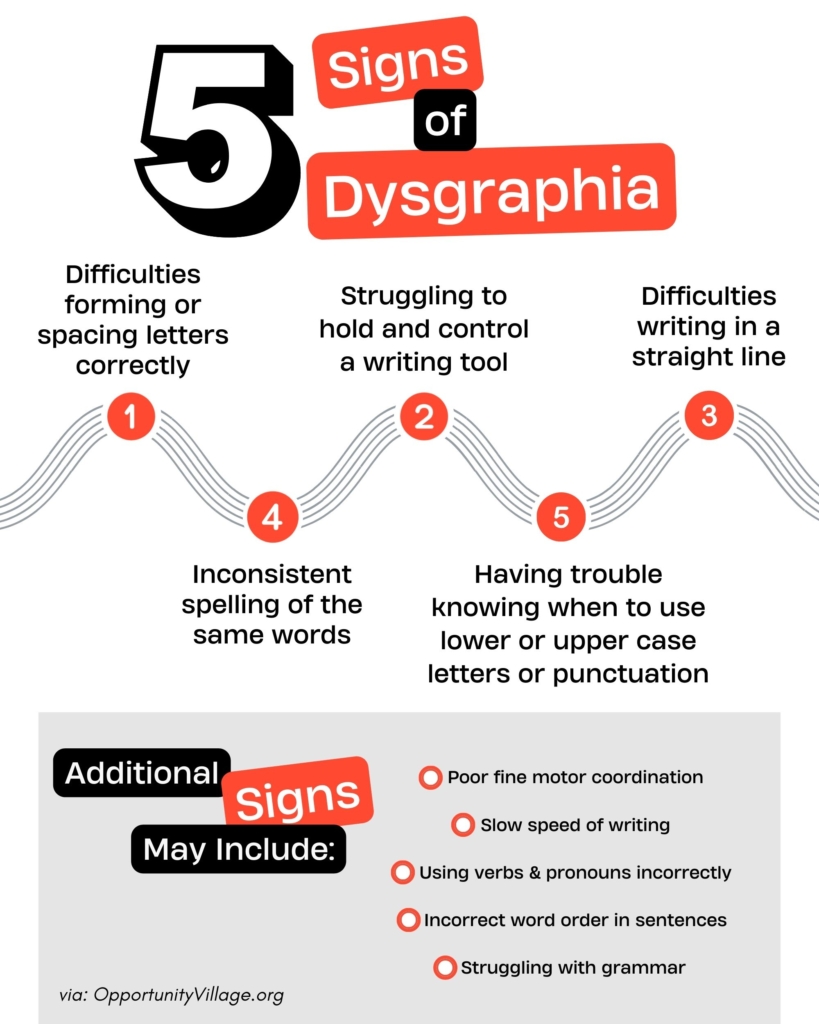
Signs of Dysgraphia in Adults
Adults with dysgraphia may experience difficulties in professional settings, particularly in tasks that require extensive writing or note taking. They might also have a history of writing and learning challenges from childhood.
Things to look out for:
- Slow or laborious handwriting. Adults with dysgraphia often write at a pace much slower than their peers. This can cause frustration and fatigue.
- Poor grammar and punctuation. Symptoms may involve inconsistencies with capitalization, spelling errors, and muddled syntax undermining written expression.
- Issues taking notes. Note taking becomes a significant challenge, from following lectures to recalling instructions. Untidy scribbling can impede comprehension.
- Trouble with sizing or spacing. Spatial organization difficulties lead to cramped, crowded writing that jumps lines or squeezes into margins.
- Reliance on workarounds. Common coping strategies involve typing documents, dictating responses, or asking for documentation in alternative formats like large print.
- Employment troubles. Some adults struggle with tasks involving substantial writing, like note taking in meetings, completing paperwork, or word processing jobs.
If you think you or someone you know is showing signs of dysgraphia, seek help. With the right accommodations and assistive technology options, people of all ages can thrive with dysgraphia.
What Causes Dysgraphia?
We don’t know for sure what causes dysgraphia, but research gives us some clues. One issue seems to be how the brain stores written words in its short-term memory while looking at the letters. Kids with dysgraphia have trouble doing this “orthographic coding”. It means they have a hard time analyzing letters in a word and remembering what it looks like.
It’s also about making longer-term “permanent memory” connections between written words, how they sound, and what they mean. These memories help with reading, spelling and writing. Kids with dysgraphia struggle to make those connections in their brain.
Their handwriting issues don’t come from other primary movement disorders. But they can have difficulty planning out finger movements without looking — like touching each finger on their hand in order without watching. This planning and sequencing is important for writing letters.
It seems dysgraphia might involve troubles with both the short-term memory storage of letters, and motor planning skills needed for writing. It often co-occurs with other conditions like dyslexia, dyspraxia, and attention deficit disorders (like ADHD) that impact motor skills, processing, or sequencing.
How To Get Help
If this is the first time you’ve considered dysgraphia, see your healthcare provider and let them know. They can take you through the next steps for a diagnosis. Your child may be assessed by a physician, psychologist or school-based specialist.
After an assessment, there are two things that you’ll find most effective in supporting your child with dysgraphia — occupational therapy and the use of assistive technology.
Occupational Therapy
Occupational therapy for dysgraphia is focused on improving handwriting and fine motor skills. Techniques include:
- using adaptive pencil grips
- slanted writing surfaces
- exercises to strengthen fine motor control.
Some students benefit from using a keyboard during lessons instead of writing with a pen. Though progress may be gradual, therapies can significantly improve dexterity, consistency, and confidence over time.

Assistive Technology
Using assistive technology can aid in written expression.
- Digital pens capture written output on special paper and give instant templates for correct letter formation.
- Speech-to-text software removes physical writing hurdles and syncs to any device for quick access.
- Digital note taking apps featuring audio recordings link neatly to outlines or graphics captured during lectures.
Tips for Parents and Caregivers
Supporting a child or adult showing signs of dysgraphia means encouraging them, showing empathy, and advocating on their behalf.
- Create an encouraging environment: Foster a setting where practice is encouraged without pressure. As you know, the aim is improvement, not perfection.
- Collaborate with educational institutions: Work with your child’s school to ensure proper accommodations are in place. This allows them to learn and study more effectively.
Next Steps
Would you like to learn more about dysgraphia and commonly related learning disorders? Learn & connect with Opportunity Village. Explore our website, sign up for emails or follow along on your favorite social media.
